EC3 - Reducing the carbon footprint of buildings
EC3 Tool – The background - The interest in the environmental impact of buildings is not new by any means: scientists and building experts have been studying the life cycle analysis of buildings for several decades, particularly for certain materials such as the impact of structures built of wood versus steel or concrete.
The life cycle analysis of a building assesses the potential environmental impacts of a building from start to finish. In the interests of completeness, the factors considered are as follows: human health, the quality of ecosystems, climate change and use of resources.
Climate change action gains momentum in the U.S.
In the U.S. by Dec 2019 four hundred and twenty-seven cities have signed the Mayors National Climate Action Agenda.
Additionally, The United States Climate Alliance, a bipartisan coalition of states and unincorporated self-governing territories in the United States committed to upholding the objectives of the 2015 Paris Agreement on climate change within their borders by achieving the U.S. goal of reducing greenhouse gas (carbon dioxide equivalent) economy-wide emissions 26–28% from 2005 levels by 2025 and meeting or exceeding the targets of the federal Clean Power Plan has grown to 24 members.
New York City was in the news earlier this year when it passed a resolution requiring extraordinary energy performance gains to the city’s largest commercial buildings by 2030.
It’s clear that municipal and state governments are aiming for affordable decisions that reduce carbon emissions. However, while operational carbon is important, we are only addressing part of the carbon reduction challenge.
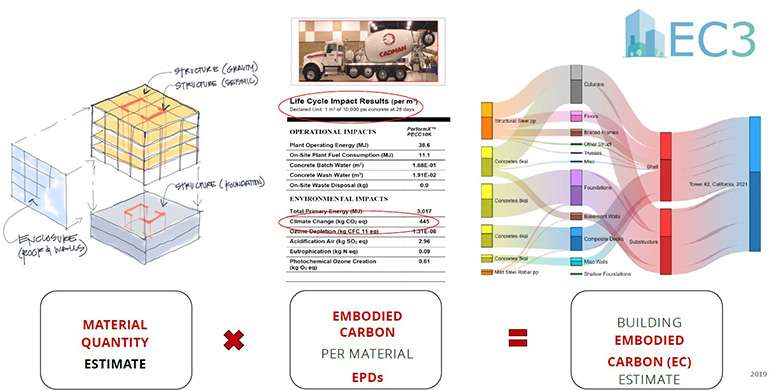
Carbon footprint versus life cycle analysis
For its part, the carbon footprint focuses only on the greenhouse gases (GHGs) involved in the life of a building. In short, it is an inventory that represents the impact of the building on climate change only. In the construction industry, the time has come for a drastic reduction in the carbon footprint of buildings.
Carbon emergency: understanding grey energy and operating energy
If you consider the useful life of a building, about half of its carbon footprint comes from grey energy – or embodied carbon, and the other half comes from operating energy. The grey energy consumed during the construction phase causes a one-off embodied carbon emission: when the building is completed, this carbon footprint quantity no longer rises.
On the other hand, the operation of the building emits carbon throughout the life span of the building. And we're talking about all the infrastructure that utilise energy: heating, air conditioning, lighting, appliance consumption... Both grey energy and operating energy release carbon dioxide into the atmosphere; the main difference is when they are produced. But why is it so urgent to address the issue of our carbon footprint?

The Urgency for reducing the carbon footprint of buildings
According to the Paris Agreement, global warming must be limited to 1.5 degrees Celsius, otherwise the climate change consequences will be irreversible. To do this, a report by the Intergovernmental Panel on Climate Change (IPCC) from 2018 mentions the need to reduce anthropogenic CO2 emissions by 45% compared to 2010.
Buildings are the biggest source of climate pollution producing 39% of global emissions. Additionally, building construction, maintenance and renovation generates the largest share of waste in landfills. With city populations forecast by the UN to double by 2060, data suggests this global population growth will require doubling of the space built. Which is equivalent to building New York City every month for the next 40 years! And since 80-90% of the carbon footprint emitted by new buildings over the next ten years will be grey energy in the form of embodied carbon, this problem must be addressed immediately.
We can’t sustain the growing impact generated by traditional unsustainable materials & outdated building methods - for the good of everyone - buildings must improve! (Which, in case you hadn’t noticed, is what The Ecohome Network is all about.)
With this aim, recent years have seen a growth in sustainable green building certifications and programs, such as LEED, Passive House and Zero Net Energy, though the trend was led by improving building efficiency in homes once constructed – better insulation, better air-tightness, more efficient heating, better internal air quality… which is a step in the right direction, but far from the whole solution to better buildings and homes.
With the introduction of LEED V4, PHIUS+ and Zero Energy Ready Home standards across the US and Canada, supported by higher performance building code requirements, the emphasis is now changing in construction to embrace the whole carbon footprint and to choose better construction materials and processes as part of a holistic approach to Zero-Carbon building – but until recently the problem was how to calculate and compare the embodied carbon in building materials.
How to calculate & compare the embodied carbon in building materials?
The introduction of the free, open-access Embodied Carbon in Construction Calculator EC3 tool by Skanska at Greenbuild, November 19-22, 2019 in Atlanta, GA simplifies this complex problem, giving construction professionals the information they need to make more informed decisions on embodied carbon, allowing them to enact positive change.
When considering insulation materials for a sustainable home, it’s essential to evaluate their embodied carbon impact to choose the most eco-friendly option. Learn more about the embodied carbon of insulation materials.
The EC3 tool: reduce the embodied carbon footprint associated with the grey energy of buildings
Skanska, in partnership with C Change Labs, Carbon Leadership Forum, American Institute of Architects, American Institute of Steel Construction, Autodesk, Interface, the MKA Foundation, Charles Pankow Foundation, ACI Foundation, Microsoft and others launched the Embodied Carbon in Construction Calculator (EC3), an open source calculator and comparison tool containing information on building materials. Based on data from product environmental declarations (EPD), this tool is searchable based on material performance requirements, design specifications, location and project warming potential.
The database currently contains over 16,000 EPDs representing a wide range of key construction materials, which includes concrete, gypsum and steel. The free EC3 tool simplifies the calculating of embodied carbon emissions for architects, engineers, owners, contractors, suppliers and decision makers and The Ecohome Network fully supports helping to change our built environment for the better through the use of technology.
Now you know more about calculating the carbon footprint of homes & buildings using the EC3 calculator from Skanska you can register to use it here.Find more pages about sustainable and resilient green building techniques here :
And to see more guide page in the Ecohome Green Building Guides for Sustainable Buildings |
























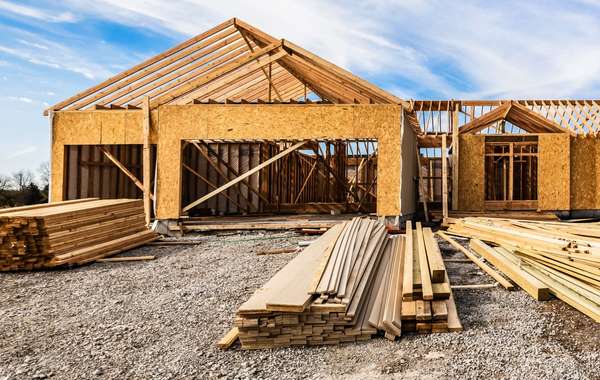
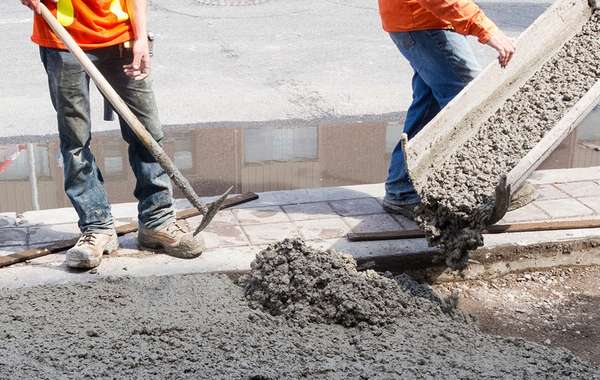
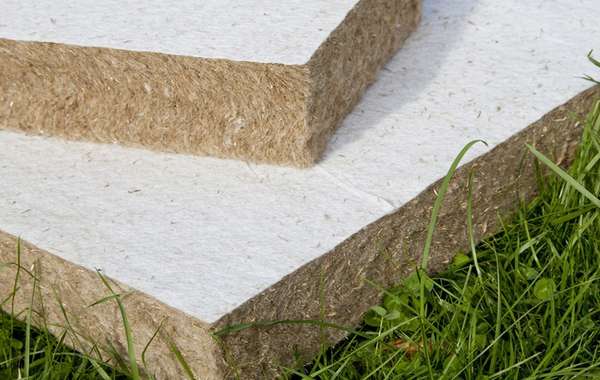

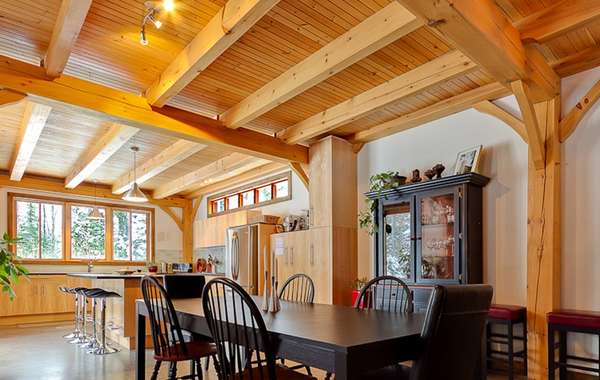

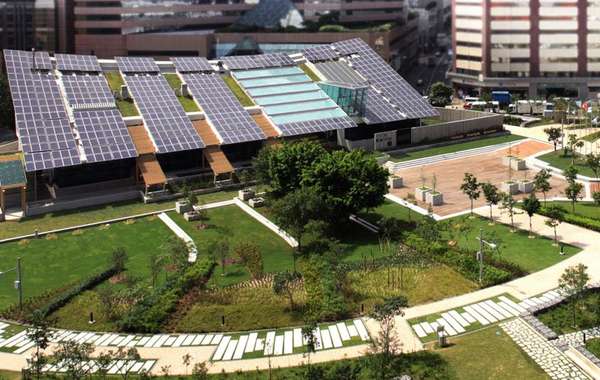
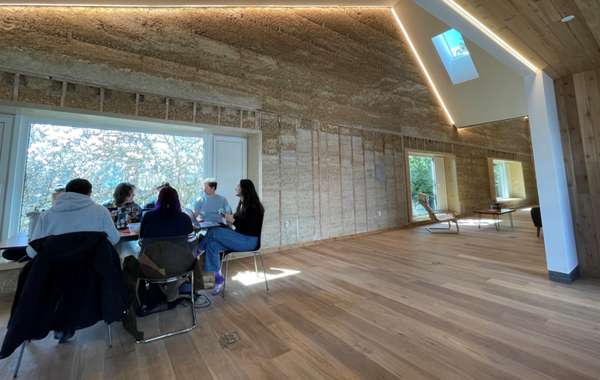

Comments (0)
Sign Up to Comment